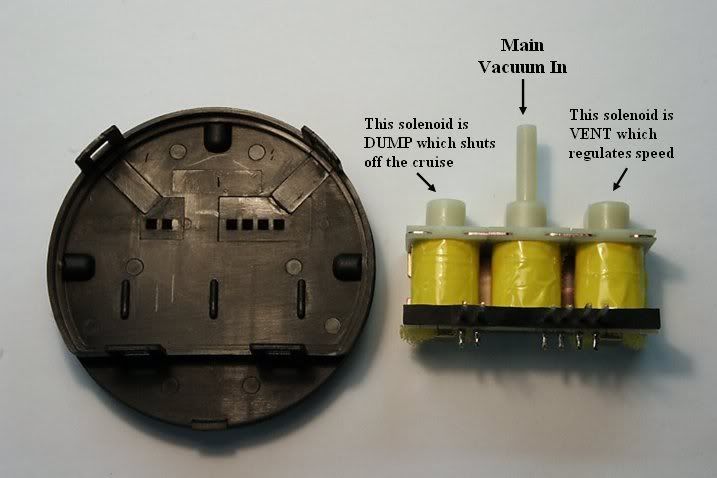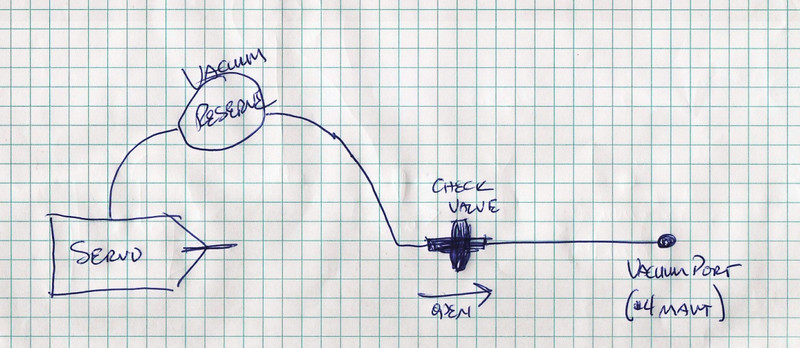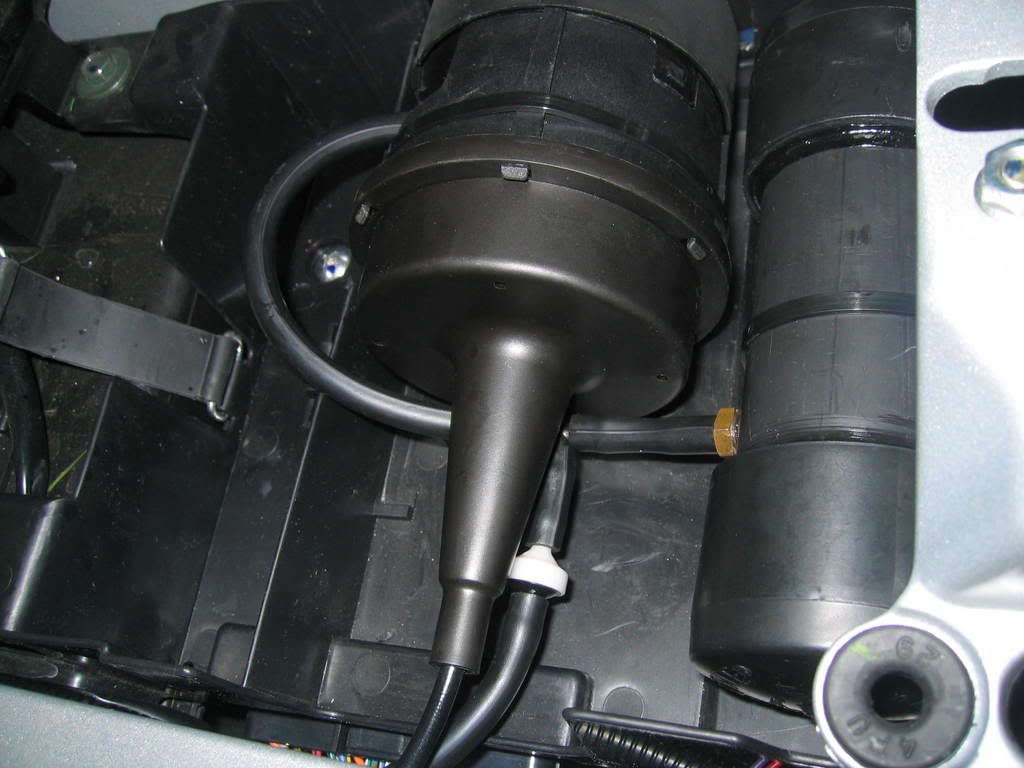Patriot
Isabella is Lazarus
you hook up your vacuum line(s) to the nipples on the throttle bodies where you do the throttle body sync (TBS)I am installing my AVCC and have read all the write-ups and have a question still...do I hook up the vucuum hose to the throttle bodies themselves or do I hook them up to the valve where you check your valve alignment?
Throttle Body Sync with pics of the nipples
I used grey RTV, oxygen sensor safe, to seal up my control pad
WFooshee above (Walter Fooshee) was kind enough to invite me to his home garage shop in Panama City and did the AVCC install as well as changing my plugs to my provided Iridiums and a Throttle Body Sync while the tank was propped up.
Mine has one vac connection with one check valve and a Luber Finer FF3404 fuel filter for a vac cannister.
This thread was helpful to me: Good summary AVCC install thread
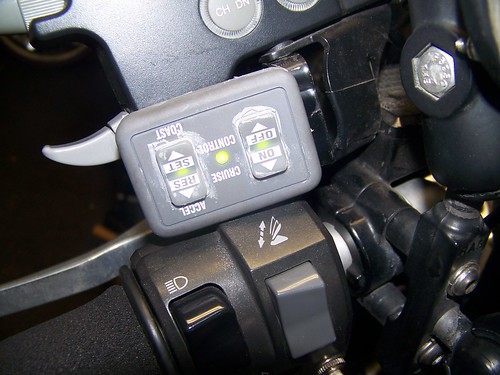
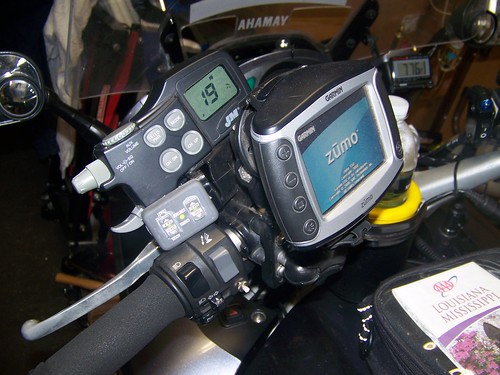
Best of luck,
Mike in Nawlins'




